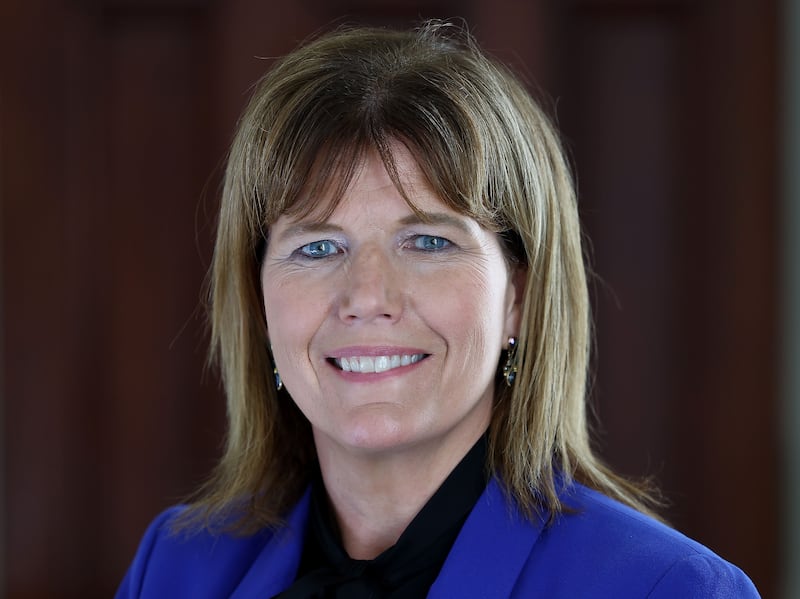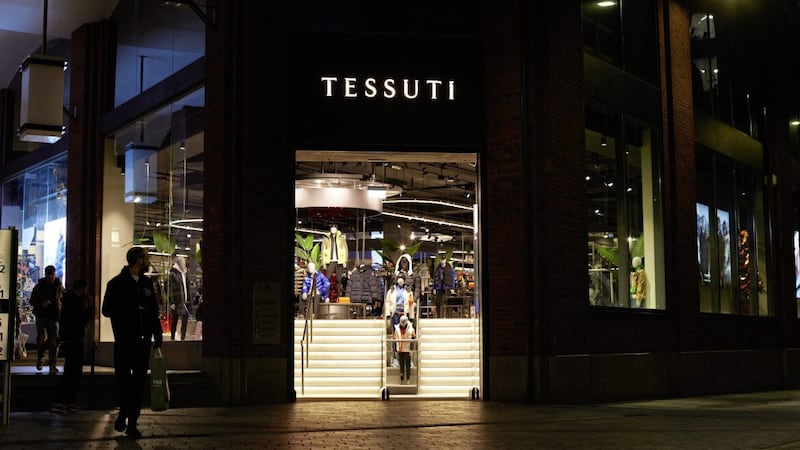BELFAST won’t come remotely close to an ultra-ambitious Council target to create 31,600 new homes by 2035 and reshape the capital into a vibrant and prosperous 21st century city.
For figures show that just 372 residential units were built in the last eight years - with a mere NINE new homes delivered in 2023.
And the head of Belfast Chamber is now demanding “urgent intervention and an improved planning process” to ensure that any future progress isn’t derailed by a mismatch between ambition, policy, commerciality, and practicality.
The Chamber aims to engage with a range of stakeholders to rapidly increase city centre living across three areas - social housing parameters, fast tracking development identified in the Council’s Belfast Agenda, and increasing public realm.
Its chief executive Clare Guinness said: “To realise the economic ambitions of this great city, we require a growing city centre residential population encompassing student, build-to-rent and social housing.
“While we’ve seen considerable success in student living provision with the delivery of around 7,000 student units, delivering an annual spend of around £70 million spend in our city, more student housing is needed, with an additional requirement for 8,000 units.
“Collectively, we are failing to adequately deliver city centre living accommodation, which in turn has a negative knock-on effect to the regional economy.”
She added: “Even if we could build 1,000 units a year, which is much less than is envisaged in the Belfast Agenda, that would contribute an estimated £12 million retail and leisure spending a year to the city centre economy and generate 3,000 construction jobs.
“Beyond the economic benefits, these new homes would provide much needed social and affordable housing, support key workers, retain graduating students, and accommodate and attract the skilled workers in growing sectors like fintech, advanced manufacturing, health & life sciences, and green technology.
“We have world class restaurants and hospitality, aligned with a strong tourism offering - the missing element is city centre living. We must find solutions if the dream of a flourishing city centre population is to be realised.”
The Chamber now aims to spearhead a collaborative effort, convening key city stakeholders including Belfast City Council, Department of Communities, NI Housing Executive and NI Federation of Housing Associations, to address three key priorities in the heart of the city.

These include a focus on reviewing and refining parameters for social housing allocation, management, and value within the city centre; an improved planning process both at departmental and regional council level; and the realisation of vital public realm projects, which is crucial for cultivating an attractive urban environment and encouraging a growing city centre population.
Ms Guinness said: “The message from Belfast Chamber is clear: overcoming the hurdles to transform Belfast’s fortunes will require cohesive and aligned efforts from all stakeholders.
“Collaboration, imagination, and decisive action, particularly in policy and planning are essential to pave the way for a brighter future and propel Belfast city centre to new-found levels of prosperity.”






